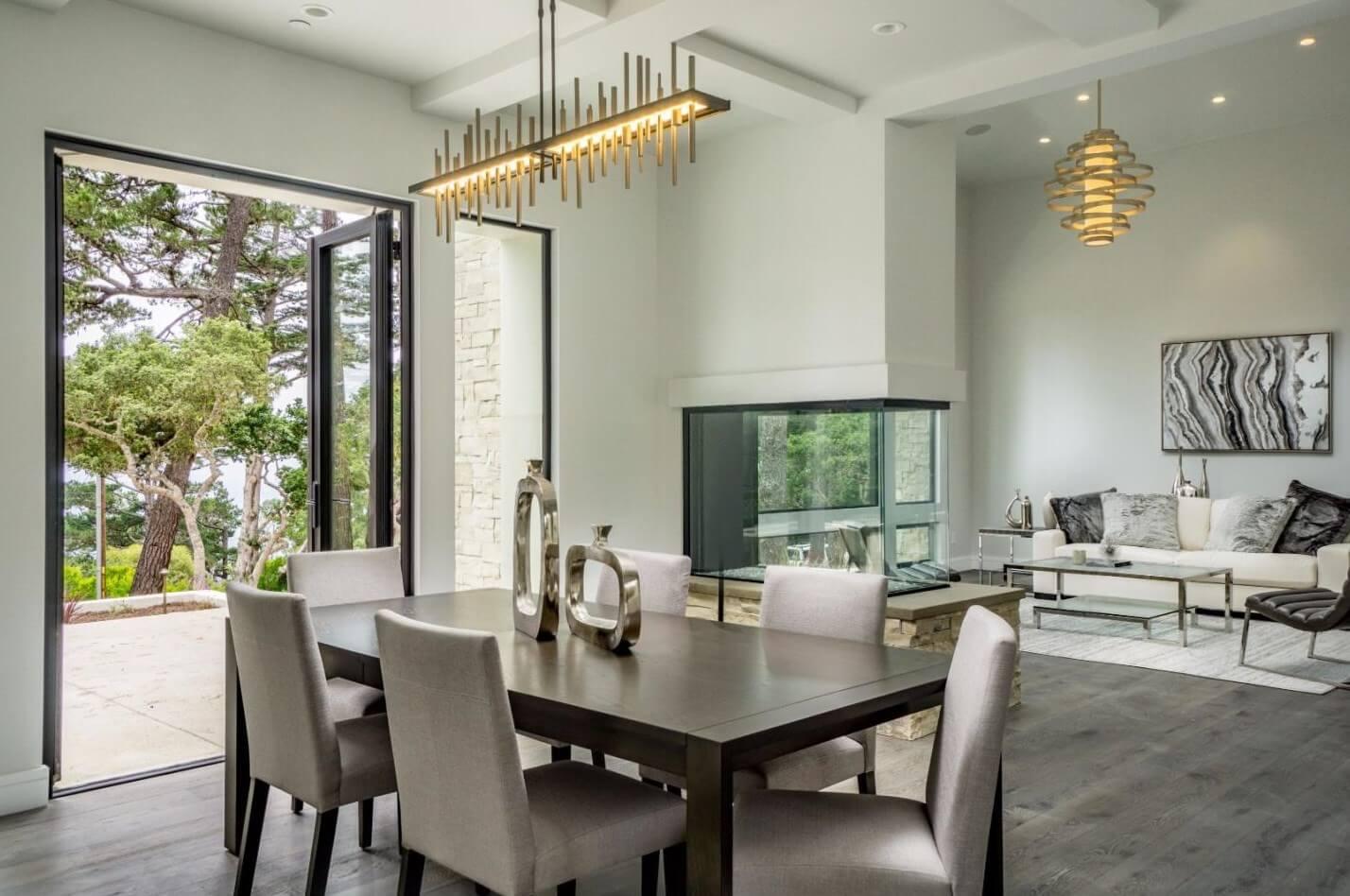How to Mix Modern and Classic Lighting Styles: A Complete Guide
Blending modern and classic lighting styles in your home can create a timeless yet fresh ambiance. It’s a design approach that marries the clean lines and minimalism of contemporary lighting with the elegance and nostalgia of classic fixtures. But how do you achieve harmony without the mix feeling chaotic? This guide will walk you through actionable steps, expert tips, and inspiring ideas on how to mix modern and classic lighting styles effortlessly.
The Charm of Mixing Modern and Classic Lighting Styles
Combining modern and classic lighting opens up exciting design possibilities, giving your space a unique character. Here are key benefits of blending these two beloved styles:
- Creates visual interest: Contrasting styles add layers and depth to your room’s lighting.
- Showcases your personality: Reflect both traditional and contemporary tastes.
- Improves versatility: Allows easy updates to décor without completely overhauling fixtures.
- Balances function and aesthetics: Classic lighting brings warmth; modern lighting enhances efficiency.
- Boosts home value: Well-designed lighting can elevate the perceived value of your property.
Understanding Modern vs. Classic Lighting Styles
Before diving into the mix, it helps to understand the defining elements of modern and classic lighting.
| Feature | Modern Lighting | Classic Lighting |
|---|---|---|
| Design | Minimalist, geometric shapes, sleek lines | Ornate, intricate details, curves |
| Materials | Metal, glass, acrylic | Brass, crystal, wood |
| Color Palette | Neutral tones, black, white, chrome | Gold, bronze, warm neutrals |
| Light Quality | Bright, cool, LED focused | Warm, soft glow, incandescent |
| Typical Fixtures | Track lights, pendant lamps, recessed lighting | Chandeliers, sconces, lanterns |
Step-by-Step Guide: How to Mix Modern and Classic Lighting
1. Start with a Neutral Base
To blend styles seamlessly, choose a neutral color palette for your room’s walls, flooring, and major furniture pieces. This allows both modern and classic lighting fixtures to stand out without clashing.
2. Mix Materials and Finishes
Combine metals like brushed nickel or matte black (typical in modern design) with brass or antique gold (classic lighting favorites). Contrast works best when affordable materials are used in tandem, such as a classic brass chandelier with modern black metal sconces.
3. Use Lighting Layers
Integrate multiple lighting layers – ambient, task, and accent lighting – to balance modern and classic pieces:
- Ambient Lighting: Use a classic chandelier or pendant as a stunning centerpiece.
- Task Lighting: Combine with sleek modern desk lamps or pendant lights in work areas.
- Accent Lighting: Highlight artwork or architectural details with minimalist modern wall sconces or LED strips.
4. Find Unifying Elements
Look for common visual threads such as similar shapes, colors, or finishes to bring cohesion. For instance, choose a modern pendant lamp with a round silhouette to echo a classic round chandelier.
5. Play with Scale and Proportion
Create balance by varying fixture sizes. For example, pair a large, ornate classic ceiling light with small, modern bedside lamps to create a visually pleasing hierarchy.
6. Don’t Be Afraid to Experiment with Contrast
Sometimes the most stunning spaces come from bold contrasts-combining an ultra-modern LED floor lamp with a vintage crystal chandelier can be an unexpected yet beautiful pairing.
Practical Tips for Mixing Lighting Styles
- Choose a dominant style: Decide which style will be the main theme and which one plays a supporting role.
- Use fixtures with dual style qualities: Look for transitional lighting that naturally blends modern and classic elements.
- Control lighting temperature: Use bulbs with similar color temperatures to unify the mixed styles.
- Keep wiring and control systems updated: Modern lighting often uses smart features; ensure classic fixtures can integrate smoothly.
- Focus on focal points: Make sure one lighting fixture stands out as a conversation starter.
Case Study: Mixing Styles in a Living Room
Consider a living room where a classic crystal chandelier hangs over a modern glass coffee table. Adding sleek, black metal floor lamps on either side of a plush velvet sofa (with a warm color like mustard or deep green) completes the look. The key to this successful mix is pairing ornate lighting with clean furniture lines and layering soft textiles to harmonize the styles.
Common Mistakes to Avoid When Mixing Lighting Styles
- Overcrowding: Too many fixtures can overwhelm the space and confuse the theme.
- Ignoring scale: Fixtures that are too large or too small for the room disrupt balance.
- Clashing finishes: Avoid using multiple competing finishes without an intentional plan.
- Neglecting function: Prioritize lighting performance as much as design.
Final Thoughts
Mixing modern and classic lighting styles offers an incredible opportunity to make your space both stylish and functional. By following design principles such as balancing materials, layering light types, and choosing unifying elements, you can create an inviting ambiance that blends the best of both worlds. Remember, the key to success is subtlety and thoughtful planning, allowing your lighting to tell a story that mirrors your personal style.
Start experimenting today by integrating one or two classic pieces into your modern spaces – or vice versa – and watch as your home transforms into a perfectly illuminated haven of timeless elegance.



